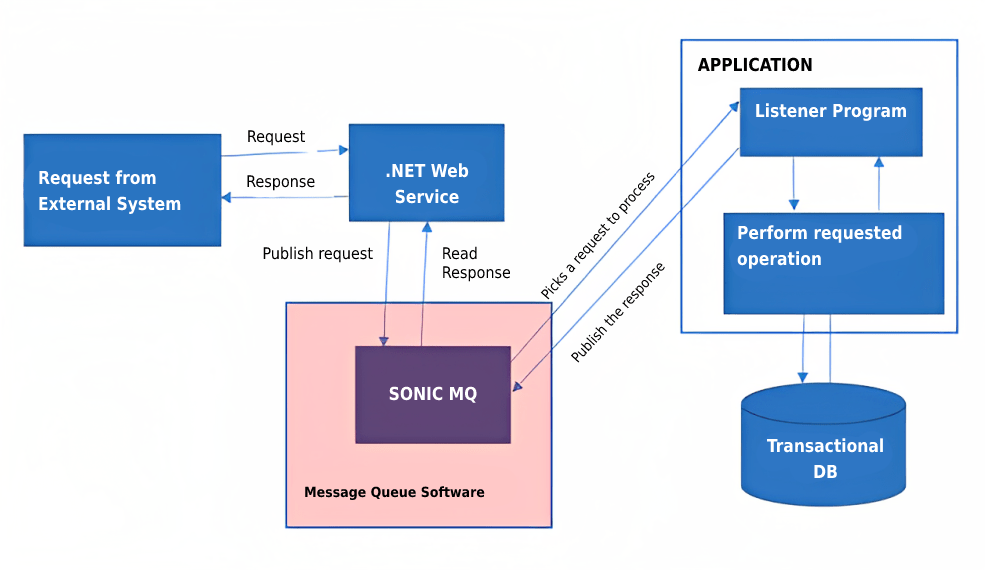The Client
The client is a leading supplier of technologically advanced integrated business solutions, benefits management, and risk management with operations across more than 80 nations. Headquartered in the United States, it offers a comprehensive range of resources in casualty, property, marine, benefits, and other lines.
The Challenges
- Message Queue was dependent on using SonicMQ to queue the request from an external application.
- Challenge was to have an application that can emulate Sonic with all its capabilities and should be a better version of that.
The Objective
The client, being a leader in the insurance industry has to maintain smoothness in its day-to-day operations and for that, it needs to keep itself updated with the latest technologies. The client was earlier dependent on SonicMQ for the Message Queue which was pushed to its customer. The client wanted to move out of SonicMQ because it was no longer provided by Progress software.
The Solution
JK Tech as a solution partner analyzed the end-to-end process and designed a windows service to remove the dependency on SonicMQ. This enabled the client system to keep routing the data to the application without depending on SonicMQ and hence cutting down license and maintenance costs. The team created a service that has the ability to queue the solution and push that information to the consumer.
JK Tech designed and developed the following solutions:
- Created a service to ingest messages.
- Queuing mechanism for incoming messages.
- Pushing messages from the queue to the consumer.
- Push acknowledgment to the producer.
This implementation has replaced the request queue functionality of SonicMQ using Oracle DB and windows service.
The solution implementation is as follows:-
- An independent .Net windows service reads the messages stored in the Oracle DB and pushes the message to the consumer.
- Based on the request type, It connects to the OpenEdge app server using an Open API connection. The service determines the appropriate OpenEdge source code and application server URL from the stored configuration. It connects to the OpenEdge App server using Open API connection methods and calls the OpenEdge source code.
- After a successful response current queue record is deleted from Oracle DB.
- Any unsuccessful response or any error/exception is logged. Additionally, the concerned party is informed of the error.
Solution Diagrams
Previously:

Now:

The Benefits
- SonicMQ was decommissioned after the implementation of this solution.
- JK Tech’s new application has cut down the license and maintenance cost for SonicMQ.
- This implementation enabled a seamless experience for the end users.
- The client has total control over the application.
- Application is scalable for different needs with ease of doing things.



